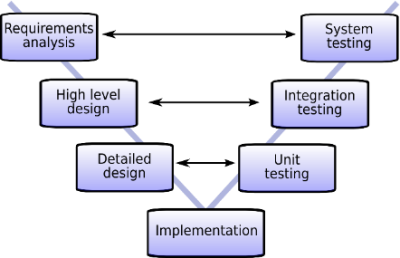How stakeholder management and ESG ratings becomes an essential focus for new Large Complex Projects
In our new Expert Corner paper 2020-01 ‘How stakeholder management and ESG ratings becomes an essential focus for new Large Complex Projects‘, Sylvain Richer de Forges exposes how important those aspects are for large complex projects.

This article captures the fact that due to their sheer size, Large Complex Projects offer an unmatched opportunity for practicing and promoting good governance (CSR) when it comes to stakeholders’ engagement. If appropriately covered, this will in term become a significant added value to the overall project reflecting positively on ESG Ratings which are scrutinized by global investors and other stakeholders as an indicator for financial success, stability and continuity.
ESG (Environmental, Social and Governance) ratings become particularly important in terms of financing projects and the paper presents statistics that show how prevalent those ratings are now in terms of investment decisions.
In addition, the paper exposes how to deal with various types of essential stakeholders for large, complex industrial projects, and refers back to case studies to illustrate how important proper stakeholder management can be for those projects.
Don’t miss our new Expert Corner paper 2020-01 ‘How stakeholder management and ESG ratings becomes an essential focus for new Large Complex Projects‘ to better understand the current trends on those aspects.
If you can’t access to the links in this post, paste the following link in your browser to have access to the paper: https://www.projectvaluedelivery.com/expert/PVD_Expert_2020_01_ESG_stakeholders_LCProject_v0b.pdf










How To Involve the Future Operator in Capital Project Execution
For the Owner, involving the future operator during a project is an essential ingredient to ensure proper operability and thus production performance of the completed facility. At the same time, all the operators’ expectations cannot be granted as they would drive Capital Expenditure costs and overall financial performance, and this relationship needs to be managed. In our new White Paper 2020-01 ‘How To Involve the Future Operator in Capital Project Execution’ we discuss how best to organise future operator involvement during project execution.
The issue of operator involvement is quite similar for all projects. In brownfield projects, an operating organisation is already in place and operators should be detached to work on the project. For greenfield projects, an operating organisation needs to be set up and future operators recruited progressively generally starting at supervisory levels. If the Owner organisation already operates similar facilities elsewhere, supervisors from those other facilities can be detached into the project; they will often be expected to support the start-up and ramp-up phases.
The future operator must deal with a large number of issues essential with the facility’s ultimate success. The project needs to remain fully accountable for its timeline and budget, and it may well happen that the operator’s representatives come up with requests which may impact the project execution but provide future benefits for operation; or correspond to a wish to improve working conditions irrespective of the economics.
A process must be put in place akin to Management of Change to raise those issues to the project governance level for the organisation to consider. It is important that the project manager is not left in the front line for those requests.
Early involvement of the operator is an essential project success factor. The role of the operator representatives in the project needs to be considered seriously by the operating organisation. At the same time the governance of operator-suggested changes needs to be carefully set up, as well as rules for the interfaces between operator and project for all phases of the project, including ramp-up and the first years of operation. Those rules and split of responsibilities need to be established explicitly at the Final Investment Decision stage as they impact the Capex budget and schedule. Discover in our new White Paper 2020-01 ‘How To Involve the Future Operator in Capital Project Execution’ the details of how best to involve the operator in your capital project.
If you can’t access the link to the white paper, copy and paste the following link in your browser: https://www.projectvaluedelivery.com/_library/2020-01_How_to_involve_future_operator_in_project_execution_v0.pdf